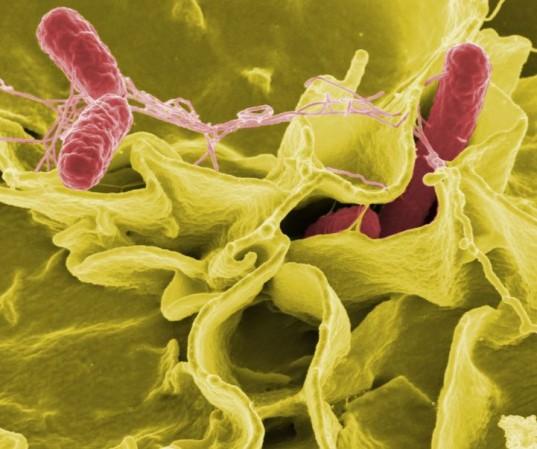
Cellulose, a naturally occurring versatile polymer abundantly found in plants, bacteria and almost all living organisms, is used in making several day-to-day articles from clothes to building materials of house roofs and wall coating.
Now, researchers at Stanford University have discovered a new cellulose material called pEtN, from an unlikely source: E.coli (Escherichia coli), which promises to herald a new era of cheap renewable fuel and more effective antibiotics.
Though the host (different variants) is infamous for causing diarrhoea, urinary tract infections, respiratory illness and pneumonia, among health issues in humans, pEtN is surprisingly useful for low-cost energy and also medicine, as well.
It is said to be easily soluble in water, as opposed to commercially available cellulose. This attribute apparently helps in the faster creation of glucose, a key ingredient of the biofuel ethanol, thus lowering making charges and time consumption.
Lynette Cegelski, an assistant professor of chemistry and fellow researchers, chanced upon pEtN, while exploring extracellular latticework in E.coli. It was present all along the bacteria, but it was missed by scientists for decades, as they used harsh chemicals during the tests, which dissolved the cellulose and could not be discovered until now.
Now, Cegelski envisions introducing pEtN in plants to produce cellulose in large quantities. Currently, cellulose is generally extracted from kernels of the corns and since this is also used as food, it is difficult to grow for just ethanol. Also, it is grown in limited regions, making ethanol expensive.
But, Cegelski's plan of extracting cellulose from the whole plant is preferable rather than just from the corn kernals, as it doesn't compete with a food source and could be grown in many areas.
Medical application of pEtN
Making anti-biotics from E.coli's pEtN cellulose is akin to developing anti-venom from snake's venom, but it involves a different procedure for obvious reasons.
Cegelski and team discovered that pEtN cellulose surround colonies of bacteria and nurtures them, but by inhibiting its growth, the bacterial growth can be controlled and even suppressed completely, thereby putting a stop to infections in humans.
"The sky is the limit with possible applications of this new material; biomedical applications, materials applications, basic chemical uses. Maybe even the next carbon fiber precursor," Standford Edu quoted Cegelski, as saying.








